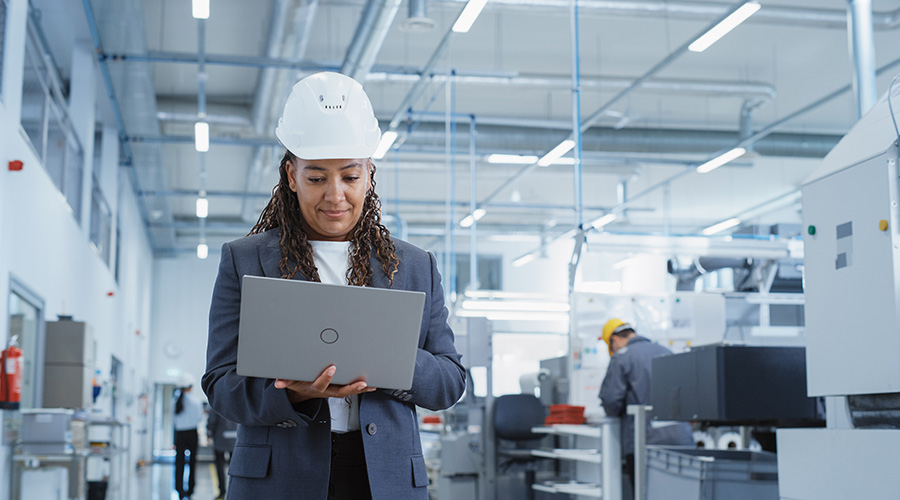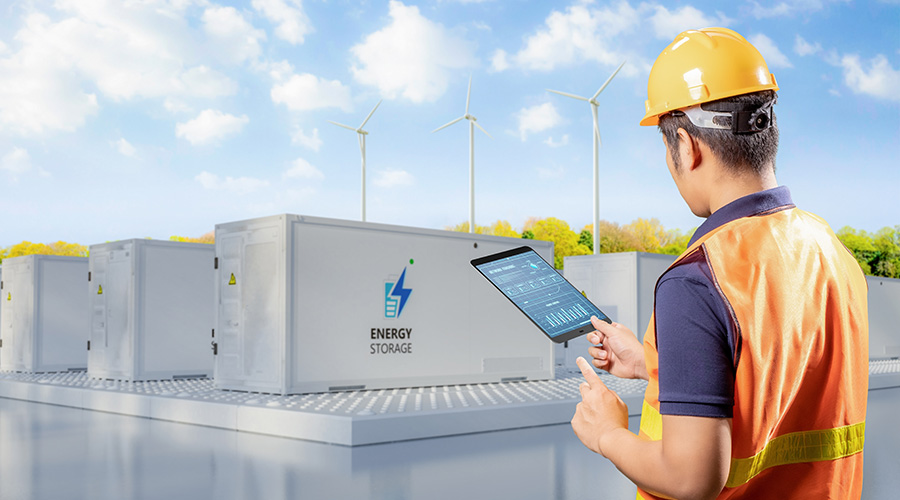LEEDv5 Provides Opportunities for Facility Managers to Add Value
The new iteration of LEED allows facility managers to tailor project solutions while maintaining ambitious environmental and social benchmarks
By Jonce Walker, Contributing Writer
LEED v5 marks another milestone in sustainable building practices, refining the industry’s approach to decarbonization, occupant wellbeing, and ecological stewardship. As the latest iteration of the U.S. Green Building Council’s (USGBC) globally recognized rating system, LEED v5 introduces a more holistic, flexible and impactful approach to a sustainable built environment. The updates present new opportunities for design, construction, maintenance and operations professionals to improve efficiency, reduce emissions and enhance occupant experiences—shaping the future of facility management.
What’s New in LEED v5?
From LEED’s introduction in 1998, LEED v5 reflects an expanded focus beyond traditional energy efficiency and material selection. This latest version prioritizes early-stage sustainability assessments to ensure that projects incorporate sustainability at their inception, rather than as a compliance exercise.
The Integrative Process credit now includes several new day-one analysis options, including the significant addition of the Carbon Assessment, which requires teams to quantify and mitigate operational and embodied carbon emissions. The Human Impact Assessment evaluates social impacts, such as inclusivity, accessibility and occupant wellbeing, to ensure the built environment can support diverse needs. The Climate Resilience Assessment prepares buildings to withstand extreme weather conditions and other climate-related risks.
By expanding the variety of avenues that credits can be achieved, LEED v5 prioritizes greater flexibility in meeting sustainability targets. It allows facility managers to tailor project solutions while maintaining ambitious environmental and social benchmarks.
Decarbonization: Reducing Emissions
One of the most significant advancements of LEED v5 is the commitment to decarbonization, which addresses emissions from various sources: operational, embodied and transportation.
Operational carbon is a major focus, with LEED v5 emphasizing electrification, energy efficiency and renewable energy use to reduce buildings’ climate impact through new credit options. Strategies include designing for grid interactivity and resilience, achieving a minimum 24 percent energy reduction compared to baseline standards, and encouraging 100 percent renewable energy sourcing where feasible—all of which are now required for Platinum certification.
Embodied carbon is also key, as construction-related emissions account for a significant portion of a building’s total environmental impact. LEED v5's updated materials credits now require a Life Cycle Assessment (LCA) and encourage low-carbon material selection guided by Environmental Product Declarations (EPDs), setting a baseline requirement of a 10 percent reduction in embodied carbon for Platinum certification. The program also targets material reuse and responsible sourcing to further reduce carbon impacts.
Transportation carbon credits focus on reducing emissions from commuting and logistics, with points offered for EV infrastructure and vehicle electrification strategies. Additionally, LEED v5 incentivizes transit-oriented design and compact, pedestrian-friendly development. Policies to reduce single-occupancy vehicle reliance, such as carpooling incentives and secure bike storage, further support the push toward sustainable mobility.
These decarbonization strategies translate into reduced long-term operational costs, enhanced energy security and alignment with corporate sustainability goals.
Quality of Life: Enhancing Occupant Wellbeing
LEED v5 also takes a more comprehensive approach to indoor environmental quality (IEQ), reinforcing the critical connection between buildings and human health. Facility managers can use these new credits as a guide to ensure healthier indoor spaces by adopting the program's improved IEQ standards for air quality, thermal comfort, and sound management. The program also rewards facilities managers with ongoing assessment and verification practices.
Biophilic design continues to be an important component for enhancing the occupant experience. It integrates nature—natural lighting, indoor greenery, and organic materials—into built environments to improve mental well-being and productivity.
LEED v5 also advances universal design principles, rewarding spaces that are more inclusive by encouraging design for all mobility levels and neurodiversity needs. Incorporating features such as non-slip surfaces, intuitive wayfinding, and flexible furniture arrangements enhance usability for diverse occupants.
By prioritizing these strategies, facility professionals can foster happier, healthier environments that enhance tenant and employee satisfaction while building long-term asset value.
Ecology: Building Resilient, Nature-Friendly Facilities
Ecological stewardship plays a key role in LEED v5, emphasizing biodiversity and the interconnected relationships that sustain ecosystems. New and expanded credits encourage:
- Restoring and preserving biodiversity through native landscaping, soil restoration and bird-friendly design.
- Climate resilience measures such as flood mitigation, heat island reduction and stormwater management.
- Sustainable site management that integrates green infrastructure and water conservation.
These strategies contribute to regulatory compliance, reduce environmental liabilities and strengthen community relationships by fostering developments that actively regenerate and support ecological systems.
Why LEED v5 Matters for Facility Professionals
As sustainability continues to shape the future of facility management, organizations that align with LEED v5 early have a strategic advantage. Operational cost savings are just one benefit, as energy-efficient systems and sustainable material choices reduce long-term expenses. Improved occupant well-being and productivity at the building level increase tenant retention and satisfaction, making LEED-aligned buildings more attractive to stakeholders. Adherence to LEED v5 also ensures alignment with regulatory and corporate sustainability commitments, helping to safeguard building owners against evolving policies and market expectations.
Facility professionals are positioned to drive the adoption of LEED v5 by integrating its standards into both new construction and existing building operations. Whether through deep energy retrofits, smarter material choices or enhanced occupant experience initiatives, facility professionals can leverage LEED v5 to create high-performing, future-ready buildings.
LEED v5 is a paradigm shift in sustainable facility management, reinforcing the importance of decarbonization, human-centered design, and ecological responsibility. As the industry adapts to new benchmarks, facility professionals can take charge of creating healthier, more efficient, and resilient spaces. The time to realize LEED v5’s full potential and integrate its principles into daily operations and long-term planning is now.
Jonce Walker, LEED AP, CSBA, is a Fitwel Ambassador, Principal | Global Director of Sustainability and Wellness at HLW, and Managing Director of BEYOND.
Related Topics:












